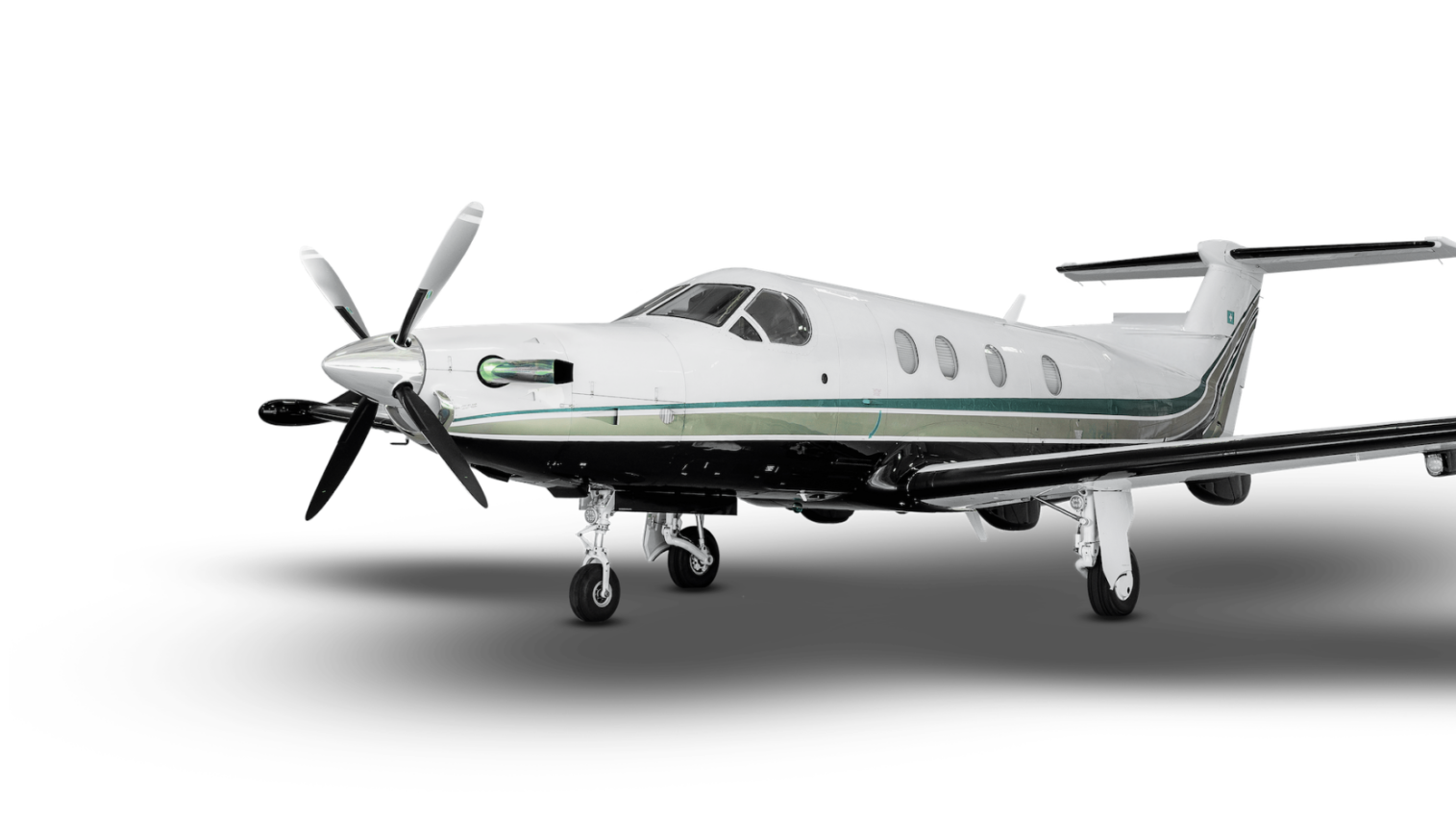
GE’s Move To Cut Back Its Own Private Jets May Spur Innovation In The Charter Market.

The King is dead. Long live the King. Jeffrey Immelt’s 16-year reign at General Electric is over and new CEO John Flannery will be shepherding a new $2 billion cost-cutting plan. One of the casualties will be GE’s corporate flight department.
In June 2016, AIN Online, a leading B2B trade website reported, “GE expects to have its full complement of some 70 department employees, as well as two Leonardo-Finmeccanica AW139 helicopters and two Bombardier Challenger 605s, occupying the 60,000-sq-ft hangar” at Hanscom Field in Bedford, Mass, near to the company headquarters that had been relocated from Connecticut. At one time the GE corporate flight department was thought to operate as many as three Boeing Business Jets, essentially commercial Boeing 737 airliners that are adjusted for corporate use. At 850 square feet, the cabin size is bigger than many New York City apartments and can be furnished with a master bedroom, a second bedroom, two full bathrooms with showers, a boardroom table and living area. A much-repeated story is that the BBJ was the byproduct of a dinner between former GE CEO Jack Welch and his Boeing counterpart at the time Phil Condit. Supposedly Welch felt the cabin size of the larger trans-Oceanic private jets of the day were too confining for flying 12 to 15 hours to Asia. Boeing provided the tube. GE made the engines. The BBJ was born.
It’s not surprising that private jets would be the object of attention for a new CEO who wants to show his far-flung troops that austerity begins at the top, well sort of. It is a bit tricky to figure out how many planes and helicopters GE really has dedicated for its corporate flight department. For example, records show it still owns at least one BBJ, however, it shows the operator as the Royal Australian Air Force, and in fact, FlightAware (below) shows the aircraft active Down Under.

The flight tracking for two Bombardier Global Express jets, which shows GE as the owner and operator, is blocked by the owner. Current records show GE possibly owns three Bombardier Challenger 605s even if only two were supposed to be relocated to Boston. It’s not uncommon for large multi-nationals to have aircraft located in other high-use regions. Record also indicate GE, in addition to several helicopters, also holds shares in six fractionally owned aircraft operated by NetJets. NetJets declined to comment. Reports further indicate GE may hang onto at least one HondaJet private jet it owns, but then again, it made the engines on the plane, so perhaps that’s why.
It’s not uncommon for large companies to mandate that the CEO flies on private aircraft for security reasons, even for personal travel. Immelt, according to Bloomberg, rang up $266,000 in personal private jet trips. Depending on how GE values the hourly cost of flying its jets, that might be anywhere from 25 to 100 hours of personal, private flights. The new policy says the CEO can fly by chartered private jet or, drum roll please, commercial aircraft, says Bloomberg.
A stinging editorial from Corporate Jet Investor takes GE to task for its decision to cut back on its corporate jet fleet. “Under pressure from an activist shareholder to cut costs, GE is reducing the number of business jets it owns,” the publication started, continuing, “GE needs corporate aircraft. It is a $125 billion company with almost 300,000 staff in more than 170 countries. GE Aviation alone has more than 50 sites across the US and more than 100 worldwide. The company flies its aircraft hard and monitors the financial returns of using them. It is not unusual for a smaller GE corporate aircraft to fly 11 sectors in one day.”
The piece quotes several GE executives plugging the benefits of corporate jets in a HondaJet promotional film. “The HondaJet is a game changer in productivity. We have a site in Strother, Kansas. It took two or three days to get in and out. Now you can fly in and back home in a day,” the executive says.
Corporate Jet Investor goes on to point out some irony. “The cost-cutting campaign is partly driven by Nelson Peltz’s Trian Fund Management; but Peltz is a long-term user of business aviation and understands the value that it gives him.”
The conclusion from the publication: “GE has always been an impressively-run company but it looks clear that this decision is driven by optics rather than logic. Managing costs makes sense. Cutting costs by lowering productivity does not.”
An assessment by Bloomberg, which interviewed a number of analysts wasn’t much different: “Savings from selling corporate jets will be minimal, and using higher-cost charter flights risks winding up as more expensive…GE won’t raise much cash by selling aircraft into a used-jet market in which prices have been declining for several years.” Bloomberg also pointed out that next month GE will be exhibiting at the industry’s major annual conference selling engines for business jets. The group, NBAA (National Business Aviation Association) uses the phrase, “No Plane, No Gain” to promote the benefits of private aviation.
All of the above said the announcement may not be as dramatic as it sounds since it sounds like GE will keep a scaled back flight department. Whether they will go back to owning more jets is hard to say. The Both fractional share providers and top market charter operators stand to gain extra business over the next couple years.
“In today’s economy, everyone diversifies products and services. If you own an automobile, you also use Uber or rent a car occasionally. If you cook at home, you still order in or dine out. Even if you have a flight department, you may supplement with fractional ownership, charter or jet cards. Fractional ownership ends up being a preferred solution because it closely resembles an internal flight department with the level of security, service and organization that flight departments value,” Flexjet CEO Mike Silvestro told Private Jet Card Comparisons. He added, “At Flexjet, we have found flight departments planning to ‘right-size’ their fleet utilization often choose us to assist with fractional shares. In the last few years, we have seen an increase in that trend.” He declined to discuss any existing or future relationships with specific customers, including GE.
James Henderson, Chief Commercial Officer at XOJET told us, “When someone the size of GE begins to really evaluate the idea of owning and operating its own fleet it will send ripples in the marketplace…I think we are going to see more of it. Whenever somebody like a GE makes a decision like this, it causes everybody to reassess and look at it very closely.”
Will the GE move generate new sales efforts for XOJET? “We already have pretty good connections with major flight departments, and they use us for supplemental lift.” Like others, Henderson declined to specifically talk about GE.
An executive who did not want to be quoted said as GE looked at who was utilizing the jets and where they were going, they probably realized that some of the flying was because their owned fleet had grown beyond their core needs. In other words, full utilization was a factor of expanding who could use the jets and what missions they were allowed to fly. His take is within a three to five-year cycle it wouldn’t be surprising for GE buy new state-of-the-art private jets.
Whether that’s true or not remains to be seen. During a recent interview with Forbes, Silvestro’s boss, Kenn Ricci, Chairman of Directional Aviation Capital said the trend with executive management at very large companies is that they are no longer all working out of one specific headquarters office. With teleconferencing and email, it’s now possible for a CFO who oversees Latin America operations to work part-time from his home in Scottsdale, a bit at the headquarters in Chicago and every two weeks to Brazil. Ricci believes fractional ownership is better suited for that type of C-Suite travel. He points to the popularity of its Red Label fleet where jet interiors are individually designed more along the lines of privately owned aircraft with more luxury touches.
One interesting benefit for other users of private aviation that could flow from GE’s decision is whatever pressures they put on various fractional and charter operators to win their business. “They will bring ideas to the table based on their needs that will eventually flow into the programs operators offer to the broader market,” he said.